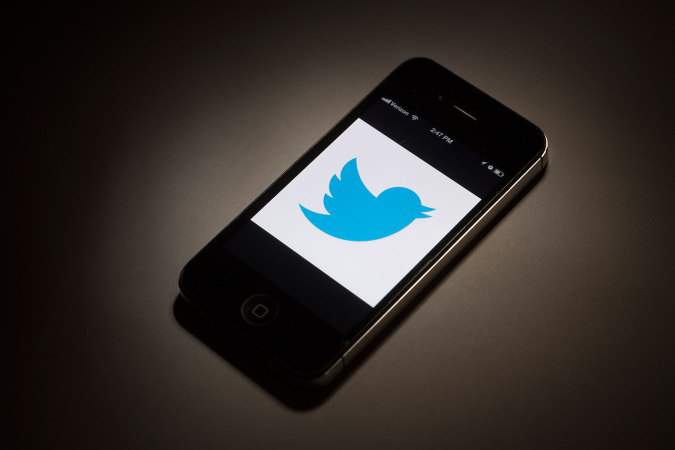By Tracey Lien
Los Angeles Times.
Twitter committed itself Friday to boosting the share of female employees at the company to 35% from 34% by next year. In a global workforce of 4,100, that’s 41 more women.
Underrepresented ethnic groups — mostly, blacks and Latinos — make up 8% of its U.S. workforce. It wants to boost that figure to 9%.
If those numbers seem oddly specific and low, that’s because increasing employee diversity has been an ongoing struggle for tech companies, and saying it out loud — or, in Twitter’s case, publishing its diversity goals online for all to see — doesn’t necessarily make it easier.
But setting goals is a start, diversity experts say.
“Last year there was a trend to release [diversity] data, which was great,” said Melinda Epler, the founder of Change Catalyst, a platform that supports women entrepreneurs. “Setting goals is a next step in the right direction.”
Many diversity experts agree goal-setting clearly sends the message that companies are serious about diversity. But, like Epler, they can’t shake the modesty of the numbers.
In addition to lifting its overall female workforce by 1 percentage point, Twitter said it plans to boost women in technical jobs from 13% to 16%.
As for other underrepresented groups in its overall workforce, it plans to boost that number from 8% to 9%.
“That’s disappointing,” Epler said.
But it’s also illustrative of the challenge large companies face in changing the ratio.
“I bet you they’re benchmarking to two things,” said Silicon Valley angel investor and chief executive of photo editing service PicMonkey.com, Jonathan Sposato. “They’re probably benchmarking to their peers, like Facebook and Google, and they’re benchmarking to existing numbers,” he said.
“The numbers are probably not more aggressive because they’re currently really bad.”
It’s unclear exactly how Twitter will go about meeting even its modest goals. It could hire more women as it expands its workforce. Technically, though, it could lay off mostly white men if the company trims back its workforce, and meet its diversity goals without hiring anyone. Some investors are complaining that Twitter needs more cost control, and layoffs are conceivable. Twitter declined to discuss the subject.
Numerically, it’s a tough problem, Sposato said.
For smaller companies, it’s easier to move the needle, because bringing on one or two new hires could radically shift the workforce gender ratio. But at firms such as Twitter, which has 4,100 employees, or Facebook, which has around 10,000 employees (32% female, 9% underrepresented ethnic groups), or even Google, which has more than 50,000 employees (30% women, 9% underrepresented ethnic groups) it could take hundreds of hires before an incremental percentage change appears.
And while ambition is important — Pinterest, for example, has explicitly stated it wants to increase its female engineering workforce from the current 21% to 30% — recruitment experts warn against setting “unhealthy” goals.
Rather than set hiring quotas, Jon Bischke, chief executive of recruitment platform Entelo, said companies should focus on creating diverse pipelines from which to hire, and then hire the best person from that pool.
“If you have a situation where your pipelines are not diverse, yet you’re trying to achieve a diversity goal hiring-wise, then you end up with situations where companies hire people primarily because they’re female, and that can be toxic to a company’s culture,” Bischke said.
In his experience, when companies diversify their hiring pools, they generally end up with diverse teams.
While critics of Twitter’s and Pinterest’s hiring goals may be quick to draw a comparison with various affirmative action initiatives that have in the past resulted in backlash and accusations of reverse discrimination, some diversity experts say it’s not a fair comparison.
“Right now, people are hired because of their gender and race due to unconscious biases, so we have to do corrections when it comes to that,” Epler said. “I’m much less worried about the backlash. People need to get over that. For so long it’s been biased in the wrong direction.”
Sposato also believes this is less about favoring people of a certain gender or ethnic background, and more about correcting a course that has long favored white and Asian men.
“I’m absolutely confused when people say there’s a pipeline problem or a lack of qualified [female] candidates, because what they really mean is they feel a qualified candidate looks, walks and talks like a man,” Sposato said. “That’s the problem.”
Since disclosing their diversity numbers last year, companies such as Apple and Facebook have reported a modest increase in the diversity of their workforce. Pinterest was able to increase its female engineering workforce from 40% to 42%. A year from now, Twitter hopes to be able to report similar, incremental improvements.
But, as Epler said, this is only a start. And while the various diversity programs and initiatives are commendable, the next step is going to be changing company cultures and values so that once people from underrepresented groups are hired, they stay.
But that will probably require a different set of goals altogether.














































































































































































































































































































































































